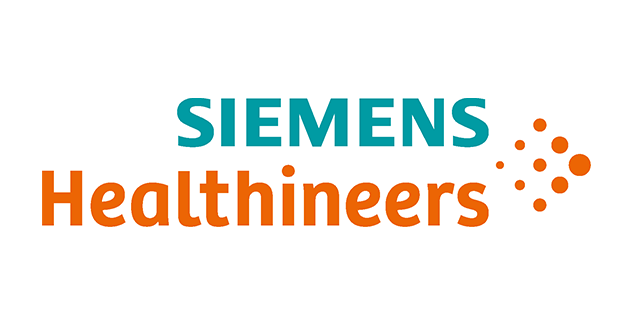What is a stroke?
Stroke happens when the blood supply to part of your brain is cut off. Without blood, brain cells can be damaged or destroyed This damage can have different effects depending on where it happens in the brain. Your body, mobility and speech, as well as how you think and feel, can all be affected. Recognising the signs of stroke and getting medical help fast is one of the best ways to improve the outcome of a stroke.
| Face |
Arm |
Speech |
Time |
| Is the face dropping on one side? |
Is one arm weaker than the other? |
Is the person able to speak? Are words jumbled or slurred? |
To act quickly and seek medical help! |

Living life after stroke
Stroke can happen to anyone, anywhere, at any age – from babies to children and teens to the elderly. The effects and the type of support needed after a stroke vary, too. What unites us is the resilience and determination of stroke survivors to build on the things that stroke can’t take away and keep going on our recovery journey.
For most stroke survivors, caregivers and families, life will be different. Accepting and adjusting to life after stroke is fundamental to your recovery and well-being. Finding your ‘new normal’ won’t happen all at once - but that’s OK. By working with your healthcare team, developing new routines and tracking small step-by-step goals, you can make progress.
Thoughtful care
Remember, your medical and physical rehabilitation team is there to help you. Keep the professionals involved in your care informed of your progress, changes to your condition or any concerns. Ask what you can do to support recovery at home. Recognise that your emotions and mood can have a huge impact on your quality of life and motivation, if you feel low talk to your healthcare workers.
The World Stroke Organization Post-Stroke Checklist is a way for you and for health professionals involved in your care to think, talk and respond to your on-going healthcare needs. It has been widely translated and can be downloaded from the World Stroke Campaign website.
Stroke can feel isolating for survivors and for caregivers alike. With 80 million survivors around the world – you are not at all alone! Connecting with others who have experienced a stroke or are caregivers; getting practical advice on daily challenges; or even just reading stories of survival and recovery are all powerful actions that help you adjust to the new normal.
Your survival network
There are organizations around the world dedicated to connecting you to the care and support you need. Many of them are run by and on behalf of stroke survivors and caregivers, reach out to them whenever you need them.
If and when you feel ready, you might want to get involved and help support other stroke survivors, or to raise awareness of stroke, or even help raise funds for local stroke support. No matter how you engage, we know that being part of a stroke support network can help you feel more positive about life after stroke.
The World Stroke Campaign website provides a list of stroke support organizations around the world who you can reach out to.
Using technology to connect with others who share your experiences, have tips to share for your journey, or who you can help, can make a big impact. Technology can also support your rehabilitation. For example, using mobile apps that have been tested and approved by stroke experts and survivors can help your long term progress between therapy sessions.
Check out My-Therappy.co.uk which provides access to may free apps that have been tested and rated by stroke survivors and professionals.
The Global Stroke Bill of Rights
The Global Stroke Bill of Rights was developed as part of the World Stroke Campaign in consultation with stroke survivors and caregivers around the world. It sets out what patients and caregivers around the world felt was most important to their recovery. Patients want to:
1. Be provided with hope for the best possible recovery I can make now and into the future.
2. Receive psychological and emotional support in a form that best meets my needs.
3. Be included in all aspects of society regardless of any disability I may have.
4. Receive support, financial or otherwise, to ensure I am cared for in the longer term.
5. Be supported to return to work and/ or to other activities I may choose to participate in after my stroke.
6. Get access to formal and informal advocacy to assist me with access to the services I need.
7. Be connected to other stroke survivors and caregivers so I may gain and provide support in my recovery from stroke.
8. Visit www.worldstrokecampaign.org to sign our online petition calling for the principles of the Global Stroke Bill of Rights to be implemented around the world.




















